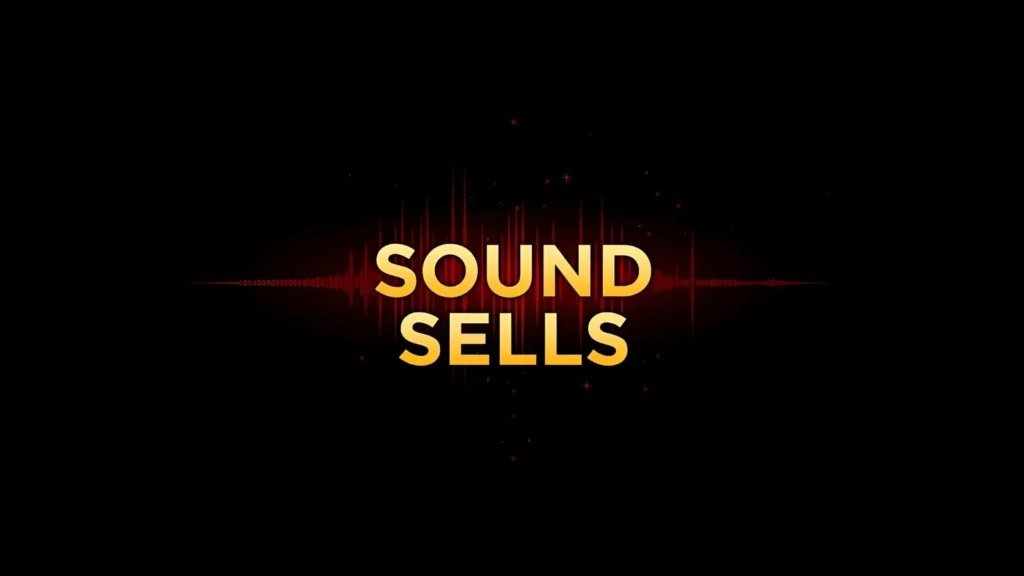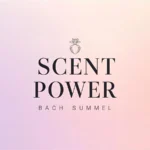Why Sound Shapes What You Buy
Have you ever noticed how satisfying it is when you snap a KitKat bar in half? That crisp “crack” is no accident—it’s carefully designed to make you want more. From the fizz of a soda can opening to the crunch of chips, sound has a powerful influence on how we feel, what we crave, and even how much we spend.
This is the science of sound in branding—a strategy companies use to connect with your senses and trigger emotions that drive buying decisions. Today, we’ll uncover how brands like KitKat use sound, why it works, and how businesses everywhere are using sonic branding to win customers.
What Is Sonic Branding?
Sonic branding is when companies use sound to build recognition and emotional connection with their products.
Think about it:
- The Netflix “ta-dum.”
- The Apple startup chime.
- The sizzling sound of fajitas at a restaurant.
These sounds do more than just grab your attention—they stick in your memory. That’s why KitKat’s famous “snap” is as iconic as its slogan “Have a Break, Have a KitKat.”
Why Sound Matters in Branding
Sound affects your brain and body in ways you might not even notice. Here’s why it works:
- Emotional Triggers: Sound can make you feel happy, nostalgic, or excited.
- Memory Recall: You’re more likely to remember a product linked to a unique sound.
- Multisensory Impact: When sight, sound, and touch come together, the brand feels more real.
- Faster Decisions: Sounds help you decide quicker—sometimes even before you think consciously.
💡 Fun Fact: Studies show that shoppers spend more time and money in stores that play pleasant background music.
Case Study: KitKat and the Power of the “Snap”
KitKat’s “snap” is one of the most famous examples of sound in marketing. Nestlé, KitKat’s parent company, invested millions to make sure every bar breaks with the perfect crisp noise.
- The “snap” signals freshness and quality.
- It creates a sensory ritual—you don’t just eat KitKat, you break it.
- The sound was so powerful that KitKat trademarked it in some countries.
👉 This proves that sometimes, the sound of a product is just as important as the taste.
Other Brands Winning With Sound
KitKat isn’t alone. Here are some famous brands that use sound to boost sales:
- Coca-Cola → The pop and fizz of a bottle opening.
- Doritos → The loud crunch of a chip bite.
- BMW → The engine roar designed to sound powerful and premium.
- McDonald’s → The “I’m Lovin’ It” jingle you instantly recognize.
Each of these sounds creates an instant connection, making customers feel something before they even take a bite or start the car.
The Psychology of Sound in Marketing
Sound works because it taps into deep areas of the brain:
- Reward System
- Crunching or snapping sounds release dopamine, the “feel good” chemical.
- That’s why snacks with crunch are often more addictive.
- Association
- The right sound links directly to a brand identity.
- For example, you might crave chips just by hearing a crunch in a commercial.
- Anticipation
- Sounds build excitement.
- The hiss of soda makes you thirsty before you even sip.
How Businesses Use Sonic Branding Today
You don’t have to be KitKat or Coca-Cola to use sound effectively. Small businesses can also benefit.
Ways to Use Sound in Marketing
- Signature Sounds: Create a unique jingle or sound effect.
- Product Sounds: Enhance the natural sounds your product makes.
- Music Choice: Pick background music that matches your brand mood.
- Customer Experience: Use sound in stores, apps, or videos.
Actionable Tips: Using Sound for Your Brand
If you’re a business owner, here’s how to tap into sonic branding:
- 🎶 Define Your Sound → Choose a tone or effect that fits your brand personality.
- 📱 Be Consistent → Use it across ads, social media, and packaging.
- 🛒 Enhance the Product Experience → Make the sound of opening, using, or interacting with your product satisfying.
- 🧠 Think Psychology → Match sound with the emotion you want customers to feel.
Example:
- Calm spa brand → soft, flowing water sounds.
- Energy drink → sharp fizz, upbeat music.
The Future of Sound in Branding
As technology grows, sound branding is becoming even bigger.
- Voice Assistants (Alexa, Siri) → Brands are creating sounds for voice search.
- ASMR Marketing → Videos of crunching, snapping, and sizzling are trending.
- 3D Audio → Immersive sound in ads and VR makes products feel real.
In 2025 and beyond, expect companies to invest heavily in sound because it directly influences customer behavior.
Sample Daily Sound Marketing Strategy (For Small Businesses)
Morning:
- Play upbeat, positive music when customers enter your store.
Afternoon:
- Use sound effects in short-form videos (like TikTok or Instagram Reels).
Evening:
- Share an ASMR-style video of your product (like crunching, fizzing, or snapping).
Consistency builds recognition—just like KitKat’s snap.
Breaking the Silence: Why Sound Shouldn’t Be Ignored
Many businesses focus only on visuals—logos, colors, fonts. But ignoring sound is like leaving money on the table.
Imagine a KitKat without the snap. It would lose part of its identity. The same applies to other brands. Sound completes the brand experience.
Final Thoughts: The Power of a Single Sound
The next time you snap a KitKat, open a soda, or hear the Netflix “ta-dum,” remember this: sound is one of the most powerful branding tools.
It makes products memorable.
It creates emotion.
It drives sales.
If you’re a brand—or even just a content creator—start thinking about how sound can help you stand out. In a noisy world, the right sound makes all the difference.


